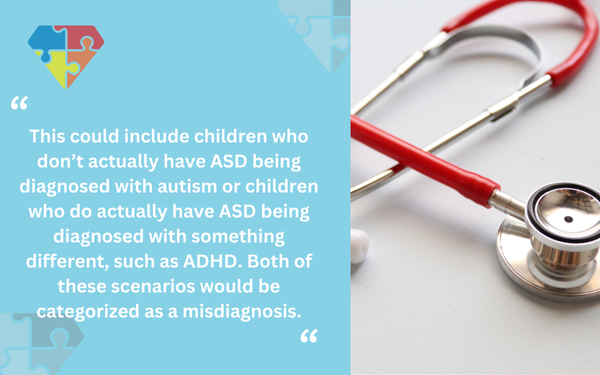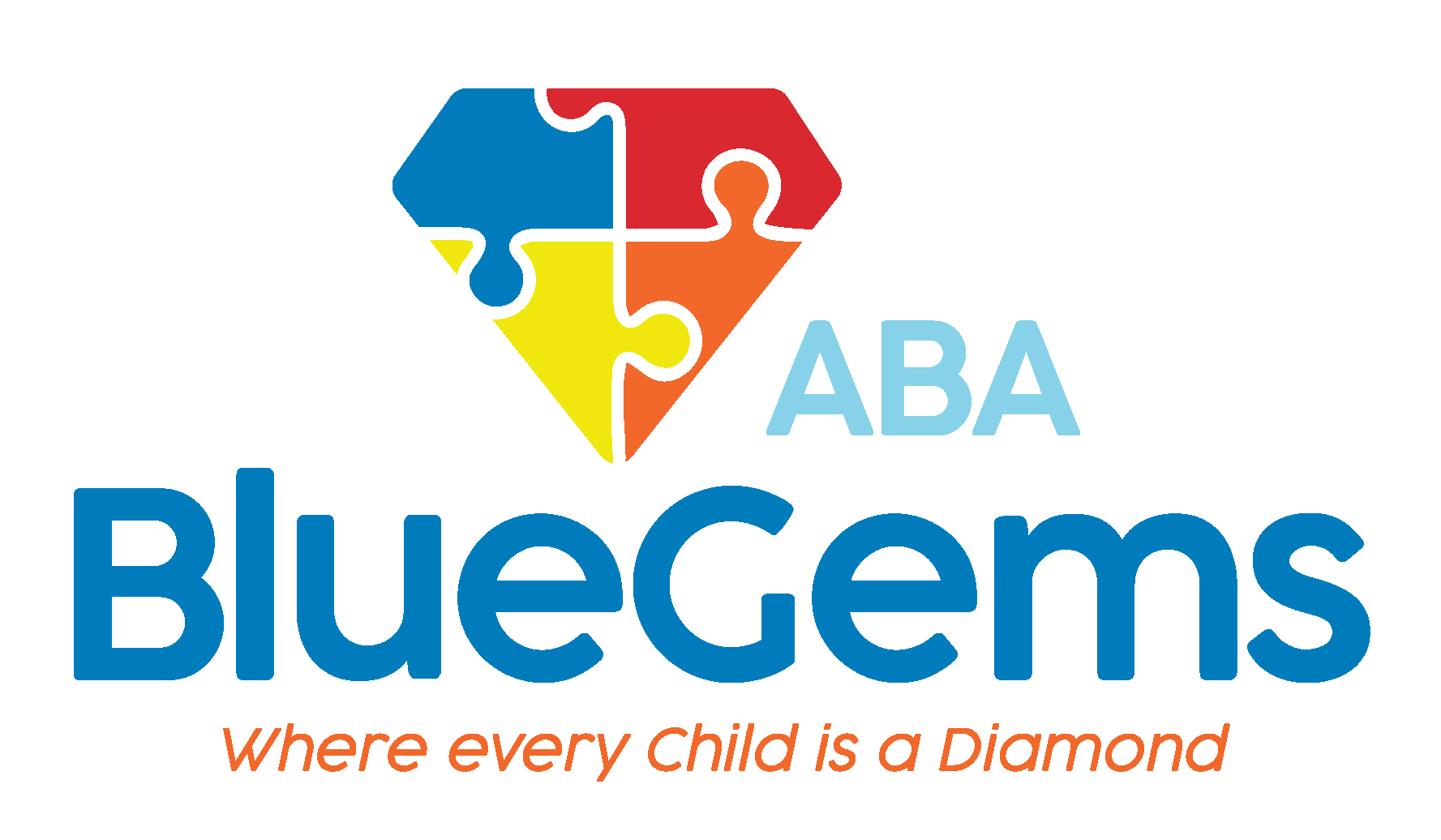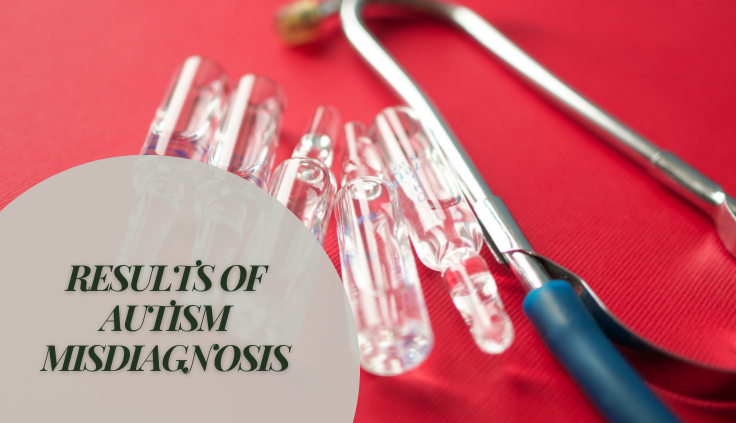Results of Autism Misdiagnosis
Diagnoses of autism spectrum disorder (ASD) have been on the rise over the last 25 years. Today, it’s estimated that one in 36 children in the U.S. have autism, for a prevalence rate of 2.78%.
There are many theories why the autism prevalence rate has increased so significantly from the estimated one in 150 children from 25 years ago. One leading theory is that increased awareness of ASD signs and symptoms, along with advanced modern screening and diagnostic tools, have all led to more children being diagnosed with autism that, in the past, may have been missed.
In other words, experts theorize that the actual number of cases of ASD aren’t that dramatically on the rise, but that professionals are just getting better at accurately diagnosing it.
That may be true, but the fact remains that children still get misdiagnosed with autism — or not diagnosed altogether — every year. Below, we’ll discuss some of the reasons for this, as well as what the possible results of autism misdiagnosis are.
Table Of Contents
Why is Autism Misdiagnosed?
There is no solid data to show how many children are misdiagnosed with autism every year, as that is very hard to quantify. Still, it’s no secret that diagnosing ASD is challenging for a number of reasons.
There aren’t any blood tests or medical examinations that can definitely say that a person has autism. Instead, diagnoses are done based on the observation of certain common signs and symptoms.
The Diagnostic and Statistical Manual of Mental Disorders (DSM-5) outlines specific guidelines for what must be present in order for an ASD diagnosis to be given. That being said, there is still a lot up for interpretation, and one professional may see something completely different than another professional.
Not only that, but many autism signs and symptoms don’t appear until a later age, and some children may even be good at masking their symptoms to fit in with their neurotypical peers.
What Constitutes an Autism Misdiagnosis?
There are a few different ways that autism can be misdiagnosed, and all have negative potential outcomes.
This could include children who don’t actually have ASD being diagnosed with autism or children who do actually have ASD being diagnosed with something different, such as ADHD. Both of these scenarios would be categorized as a misdiagnosis.

Misdiagnosis could also refer to a child who isn’t diagnosed with any condition at all — whether a professional doesn’t think it’s appropriate, or whether the child was never referred or taken to a trained professional for an official evaluation — which would be called a missed diagnosis.
The final category would be called a delayed diagnosis, which refers to an individual not being diagnosed with autism until later in life.
What Are the Results of Autism Misdiagnosis?
An autism misdiagnosis can have major negative consequences on individuals. No matter what category of misdiagnosis we’re talking about — misdiagnosis, missed diagnosis or delayed diagnosis — all often result in individuals not getting the proper treatment for whatever it is they have or don’t have.
If children are incorrectly diagnosed with autism, they may be referred to common treatment plans such as applied behavior analysis, or ABA therapy. While they can certainly gain skills and knowledge through this gold standard therapy, it also might not be necessary if a child has a different condition.
If a child’s autism is diagnosed as something else, if they aren’t diagnosed at all or if their diagnosis isn’t given until later in life, they could miss out on valuable treatment options that could help them.
A wealth of research has found that the earlier and more consistently interventions such as ABA therapy can begin, the better the outcomes for the individual usually are. That’s why early detection is so important, as well as accurate diagnosis.
How Can Autism Diagnoses Be Improved?
Many research groups are still studying ASD from a number of perspectives. The knowledge that is gained through this research could ultimately lead to even more improved diagnostic and screening tools, as well as strategies to more effectively diagnose ASD.
In the meantime, it’s incumbent on parents, caregivers, family members and others who are around children often to pay attention to their child’s development and whether they’re hitting certain milestones. Taking your child to regularly-scheduled well visits at the pediatrician is also crucial, as these are opportunities to go through screening tools such as the M-CHAT and to have a trained professional observe the child as well.
By taking these simple steps, the early signs and symptoms of autism can be identified. Then, if these signs are spotted, the child can be referred to a trained professional such as a clinical psychologist or developmental pediatrician for a more in-depth evaluation.
Blue Gems ABA is Dedicated to Accurate Diagnosis and Treatment of ASD
It can be challenging for even trained professionals to accurately diagnose ASD on a consistent basis. Yet, it’s extremely important, as any misdiagnosis can have dramatic negative effects on the individual.
At Blue Gems ABA, our team of experienced clinical psychologists are trained to evaluate children for ASD and give accurate diagnoses when appropriate. If such a diagnosis is given, we also have a team of experienced BCBAs who administer ABA therapy on a one-to-one basis, helping children with autism gain the social, communication and daily life skills with which they often struggle.
To learn more, please contact us today.




